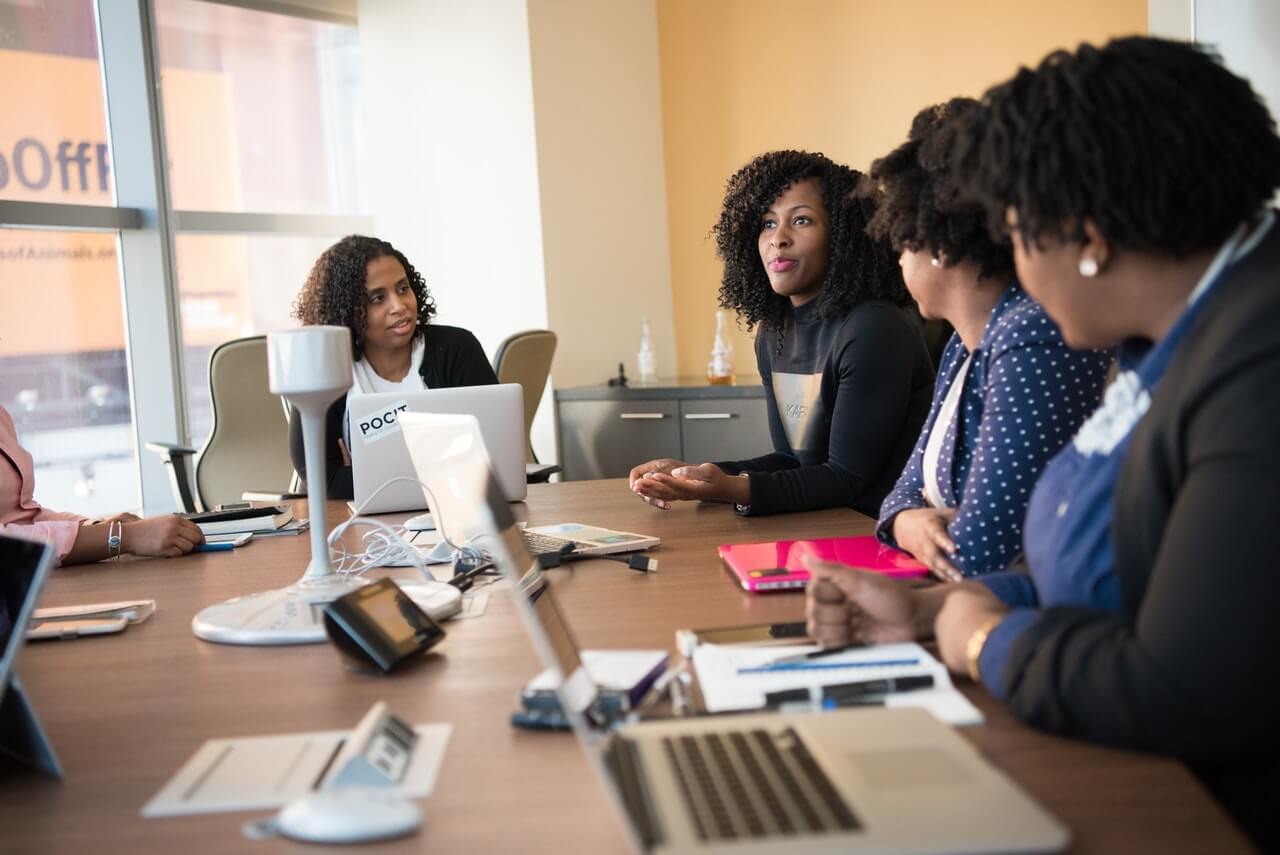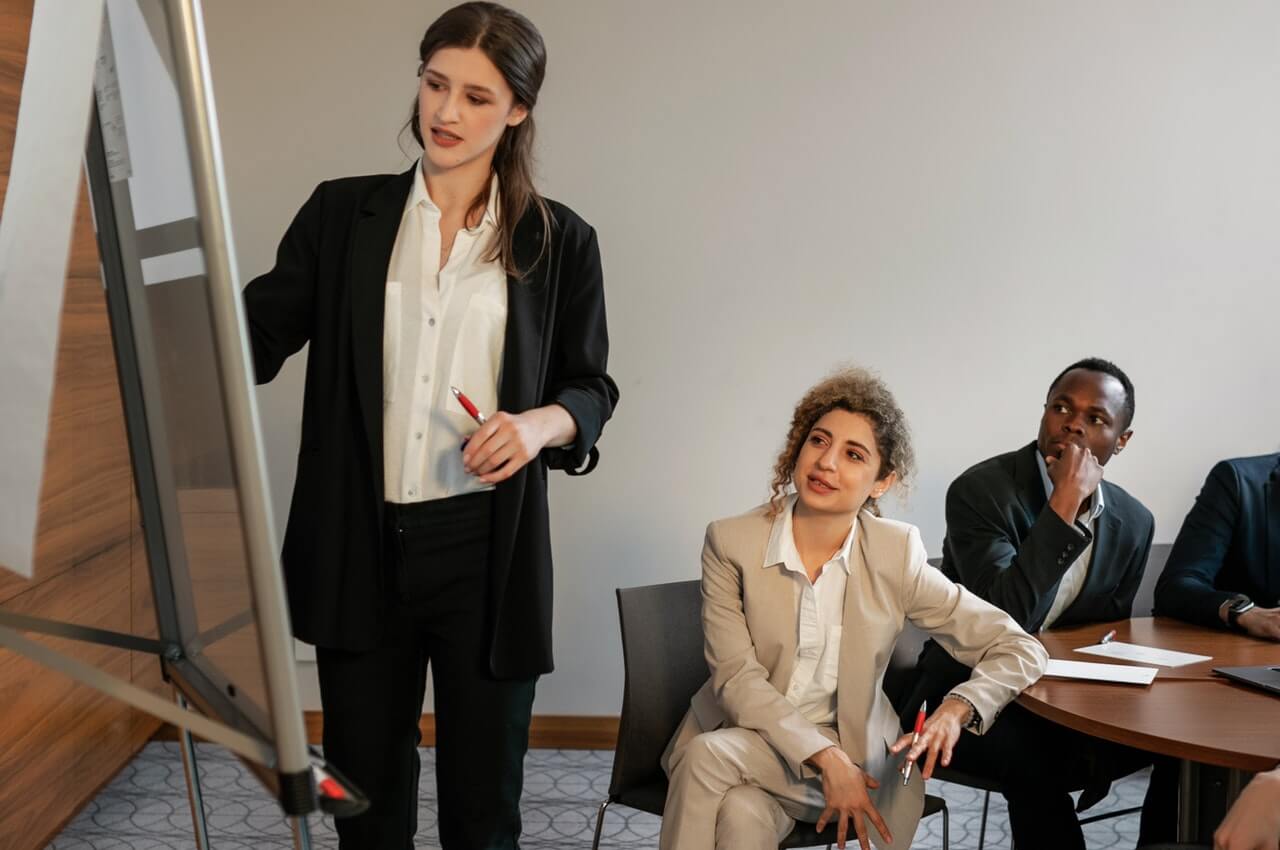Considering the two major objectives in conducting the interviews, determination how/if a program/project/activity should be implemented and beginning the cultivation of those folks who could help make it happen, it is essential, as with all serious development activities, that those interviews be face-to-face.
You can’t be taken very seriously and you can’t read body language over the phone; and, a mailed “survey” doesn’t give the option to ask follow-up questions nor allow the interviewer to digress and/or “pick the subject’s brain.”
Being face-to-face highlights the importance of the process and, thereby, suggests that the interviewee’s thoughts/comments/reactions are very important to that process.
To prepare for the interviews, each potential interviewee is sent a brief personal note to prepare them for the phone call arranging an interview appointment.
At the risk of sounding biased or self-serving, and with having been doing this for over thirty years, I suggest that the best structure for a “Planning Study” is to have an outsider (an experienced study consultant) work with the NPO to design and plan the study and to conduct the interviews.
An outsider is perceived as being objective. S/he is seen (by the interviewees) as not having an “agenda” … not focused on a specific outcome. The objective outsider is “merely” gathering data that will help the NPO “plan for the future.”
After each interview, the interviewer should generate a report summarizing the respondent’s thoughts/attitudes, and suggesting what the next step(s) might be to further cultivate that person and get him/her to the point where s/he will want to be part of the NPO’s projects, programs and/or activities.
=-=-=-=-=-=-=-=-=-=-=-=-=-=
Have a question about starting or expanding your fundraising program? Email me at [email protected]. With over 30 years of counseling in major gifts, capital campaigns, bequest programs and the planning studies to precede these three, we’ll do our best to answer your question.










